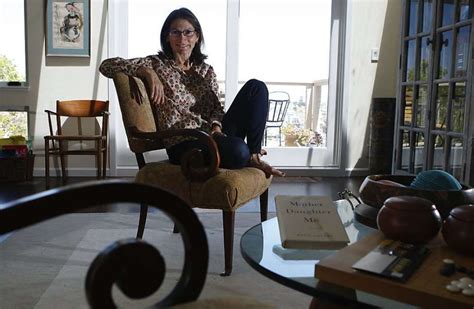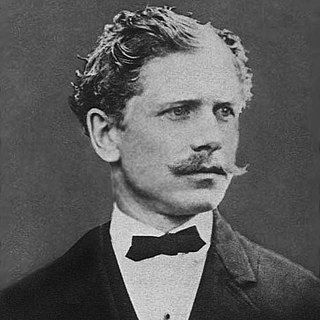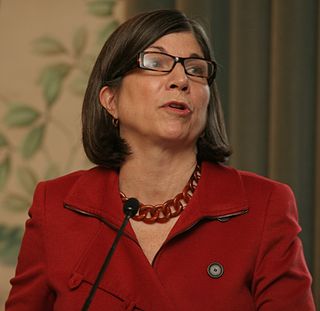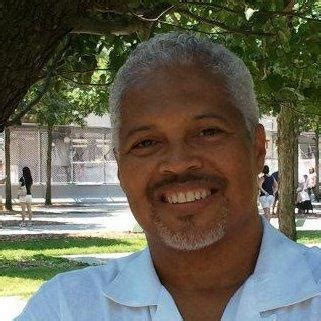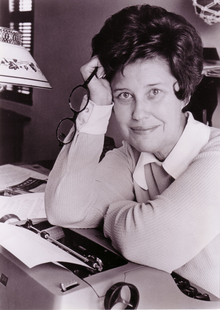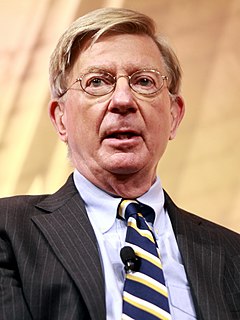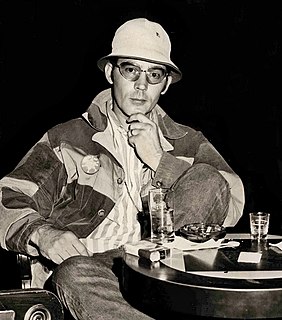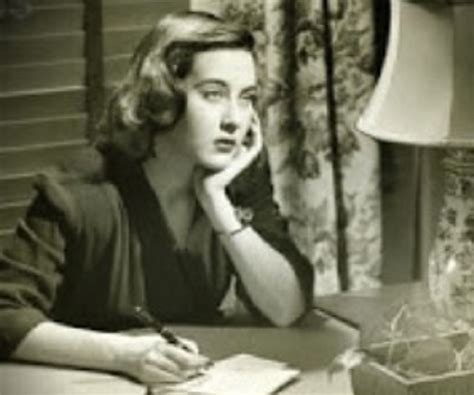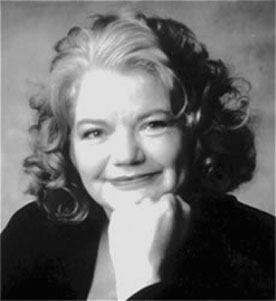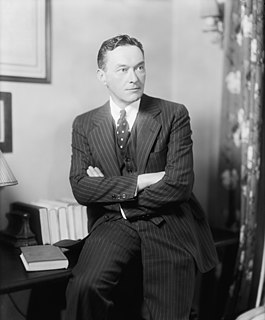Top 25 Quotes & Sayings by Katie Hafner
Explore popular quotes and sayings by an American journalist Katie Hafner.
Last updated on April 21, 2025.
Stacey Napp understands the ugly side of divorce - which is often the side that involves money. In fact, she understands it so well that in 2008 she started a business, Balance Point Divorce Funding, which invests in divorce and probate litigation, helping clients cover costs in exchange for a share of the winnings.
Spurred by the unlimited texting plans offered by carriers like AT&T Mobility and Verizon Wireless, American teenagers sent and received an average of 2,272 text messages per month in the fourth quarter of 2008, according to the Nielsen Company - almost 80 messages a day, more than double the average of a year earlier.
McDermott and two colleagues - James H. Fowler of the University of California, San Diego, and Nicholas A. Christakis of Harvard University - published a paper titled 'Breaking Up is Hard to Do, Unless Everyone Else is Doing it Too.' Their study shows that divorce can spread like a virus among friends, siblings and co-workers.
In the summer of 2009, in the wake of a crisis in her life, my mother moved from San Diego to San Francisco to live with my 16-year-old daughter and me. My mother was 77. I was 51. Despite a chorus of skepticism from friends - who knew about my upbringing - I was determined to do what I could to help my mother.
It took Cianfrance 12 years to bring 'Blue Valentine' to the screen after he first conceived it. He found Gosling and Williams early on, and they hung in there with him. The film finally premiered at Sundance 2010, then screened at Cannes and the Toronto Film Festival before landing in theaters in December.
No longer do companies study consumers' psyches only by asking people what they think about technology and how they use it. Now they conduct observational research, dispatching anthropologists to employ their ethnographic skills by interviewing, watching and videotaping consumers in their natural habitats.
Tim Berners-Lee, the 44-year-old English physicist who created the World Wide Web, is precisely the kind of hero that a relatively simple invention with profound social and economic consequences should lay claim to. He is not just creative but democratic, diplomatic, polite and generous with credit and praise.
Using the HTTP protocol, computer scientists around the world began making the Internet easier to navigate by inventing point-and-click browsers. One browser in particular, called Mosaic, created in 1993 at the University of Illinois, would help popularize the Web, and therefore the Net, as no software tool had yet done.
